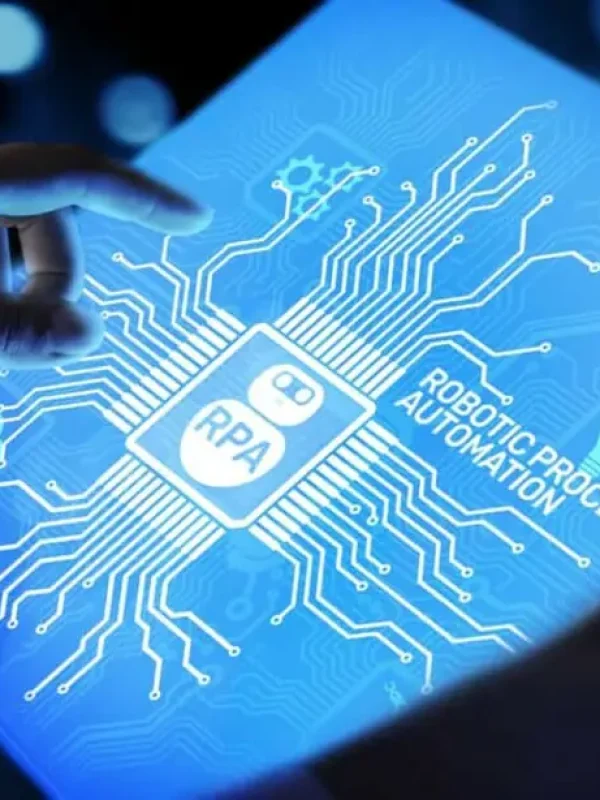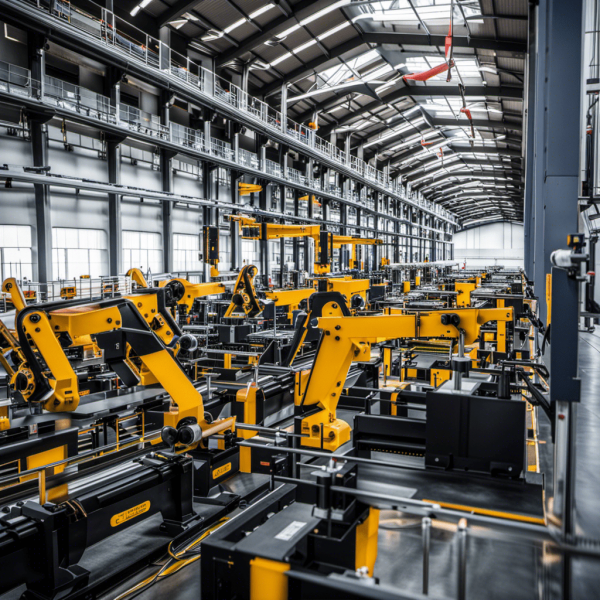Automation in Control Sanat
Industrial automation is an industrial production process that includes a set of machines through which a combination of raw materials is transformed into a final product. Since the Industrial Revolution in England, there has always been a significant effort to develop sophisticated techniques to assist people with various production tasks.

Robotic Process Automation (RPA):
Robotic Process Automation (RPA) involves the use of software robots or “bots” to automate repetitive and rule-based tasks that were previously performed by humans. These bots can mimic human actions within digital systems, such as data entry, invoice processing, report generation, and more. RPA not only increases efficiency but also reduces errors, as bots follow predefined rules consistently.

Home and Consumer Automation (Smart Home)
Home and consumer automation, often referred to as smart home technology, integrates various devices and appliances within a household to create a connected and automated living environment. Smart home systems can be controlled remotely via smartphones or voice commands, allowing homeowners to manage lighting, temperature, security cameras, entertainment systems, and more. This automation enhances convenience, energy efficiency, and security in residential settings.

Artificial Intelligence (AI) and Machine Learning (ML) Automation
AI and ML automation empower systems to learn from data and improve their performance over time without explicit programming. Machine learning algorithms can analyze large datasets, identify patterns, make predictions, and provide valuable insights. AI automation finds applications in various fields, including natural language processing, image recognition, fraud detection, and personalized recommendations.

Industrial Automation
Industrial automation involves the use of advanced control systems, sensors, and robotics to automate manufacturing processes and improve efficiency. Automated assembly lines, robotic arms, and CNC machines are examples of industrial automation. This field aims to optimize production, reduce costs, and enhance product quality by minimizing human intervention in repetitive and hazardous tasks.
Four areas of automation
These four areas of automation represent the cutting-edge advancements that have the potential to transform industries and daily life significantly. By leveraging the power of automation in these domains, businesses and individuals can unlock new opportunities, increase productivity, and achieve a higher level of efficiency and convenience. However, it is crucial to approach automation with a thoughtful and responsible mindset, ensuring that it complements human capabilities rather than replacing them entirely.



